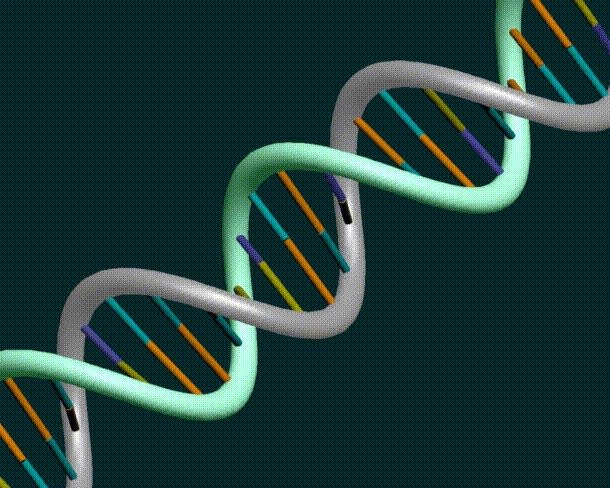A race-based detour to personalized medicinePosted in Articles, Health/Medicine/Genetics, Media Archive, Politics/Public Policy on 2012-05-07 16:46Z by Steven |
A race-based detour to personalized medicine
Canadian Medical Association Journal
Volume 184, Number 7 (2012-03-12)
DOI: 10.1503/cmaj.109-4133
Roger Collier, News Staff
Few experts in medical genetics would argue that June 23, 2005 wasn’t an important day. Consensus on whether it was a good or bad day is another matter. Some claim a major step on the long road to personalized medical care was taken. Others are far less convinced, suggesting it was the day the United States government decided, unwisely, to push the field of medical genetics into the heated realm of racial politics.
On that date, the US Food and Drug Administration (FDA) approved, for the first time, a drug for a specific race, to wit, the fixed-dose combination drug isosorbide dinitrate and hydralazine (BiDil) for use as a heart disease medication within the black population, who have a much higher risk of heart failure than whites…
…The licensing of isosorbide dinitrate/hydralazine thus became a turning point in discussions on the merits of race-based medicine, a debate that continues to rage. Critics of race-specific therapies argue that focusing on genetics rather than on social and economic inequalities will not reduce disparities in health outcomes and access to care among different ethnic groups. Furthermore, they say, race is a social, rather than a biological, construct.
“Using race is a bad proxy for genetic ancestry,” says Althea Grant, chief of the Epidemiology and Surveillance Branch, Division of Blood Disorders, National Center on Birth Defects and Developmental Disabilities, at the US Centers for Disease Control and Prevention.
This opinion is shared by one of the world’s most famous geneticists: Craig Venter, the genetics pioneer who led the team that first sequenced the human genome in 2001. He has referred to the use of race and ethnicity in medical genetics as a crude tool and a personal pet peeve, suggesting that it will no longer be necessary once the price of sequencing genomes falls to an amount that would make it reasonable to sequence everybody’s genome, a figure he pegged at US$1000…
…The first problem with using race in medical genetics is determining which races constitute a part of someone’s background. Few people have extensive knowledge of their ancestral lineage, and skin colour and other external markers don’t tell the full story. Even people who are aware of their mixed heritage often place themselves in one camp — or are put there by others. Prominent examples include US President Barack Obama and professional golfer Tiger Woods, who are often referred to as black even though the former has a white mother and the latter’s mother hails from Thailand.
“People tend to self-identify with a particular race more than another even if there is a mix,” says Grant. “They might not even know all the ancestries that are in the mix.”
In some areas of medicine, using race as a screening tool has already been shown to create problems, both practical and ethical. That’s why states abandoned the practice of screening only black newborns for hemoglobinopathies, such as sickle cell disease, Grant and colleagues concluded (Ethn Health 2011;16:377–88). The state of Georgia, the last holdout for ethnicity-based newborn screening, discontinued its use in 1998…
“If we go back to its origins, we find that BiDil did not begin as an ethnic drug. Rather it became ethnic over time and through a complex array of legal, commercial, and medical interventions, that transformed the drug’s identity,” wrote Jonathan Kahn, a law professor at Hamline University in Saint Paul, Minnesota (www.councilforresponsiblegenetics.org/pageDocuments/PLMVM6FTAO.pdf). Unlike “racialized medicine, which treats race as genetic, the use of race in medical practice has many legitimate and important places. Collecting broad-based epidemiological data is perhaps foremost among these. Only by using social categories of race is it possible to identify and track racial disparities in health, health care access and outcomes.”
Read the entire article here.
